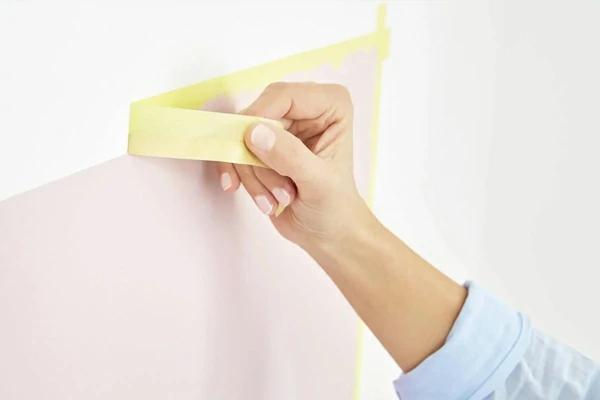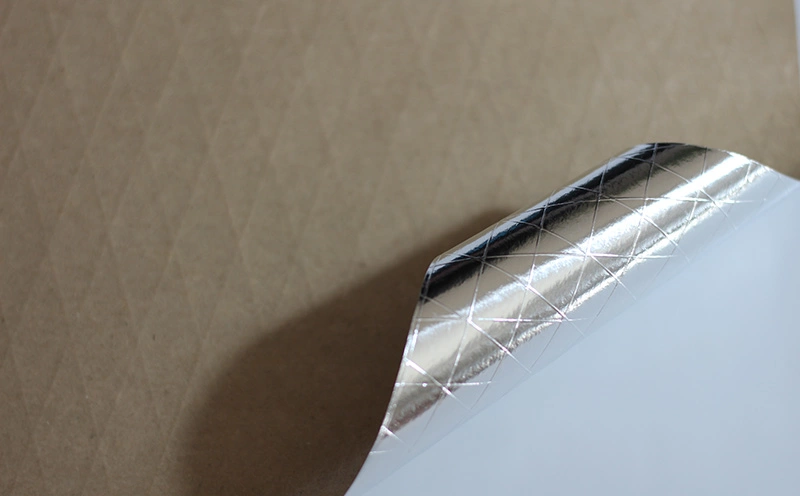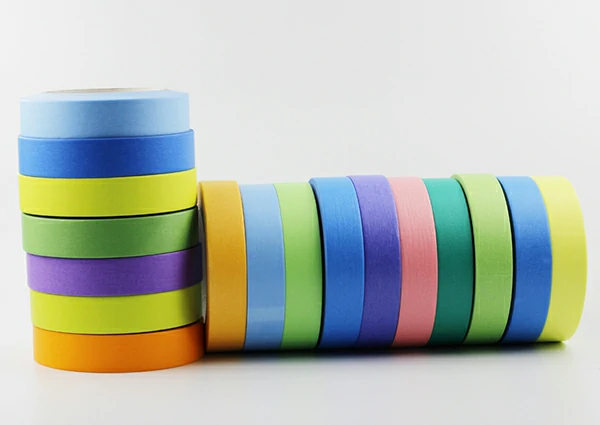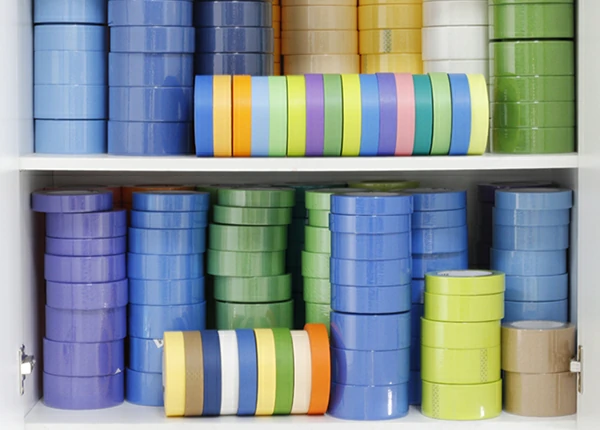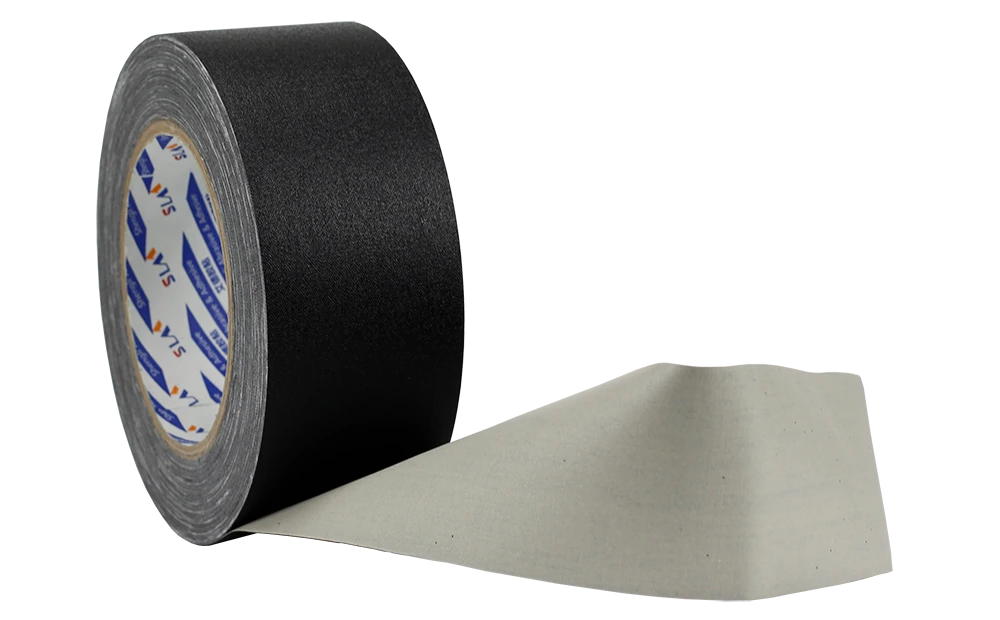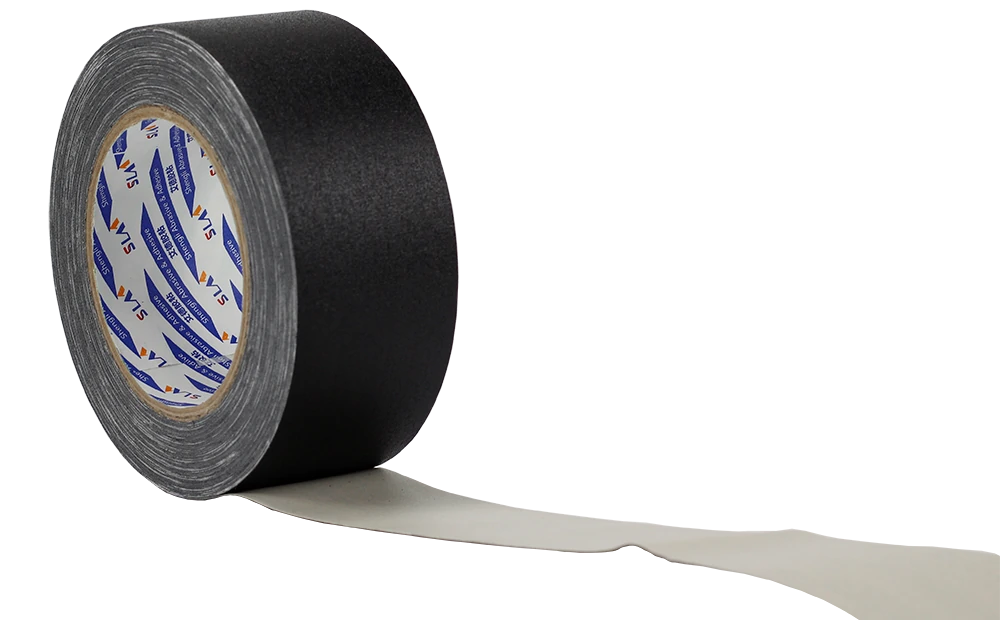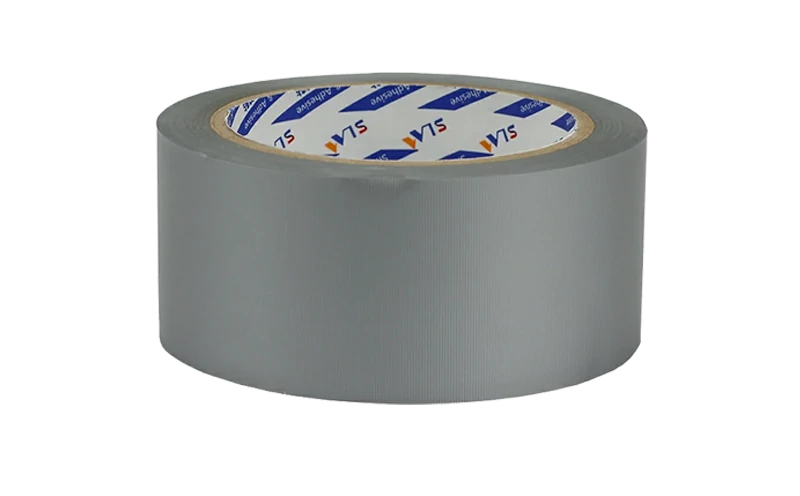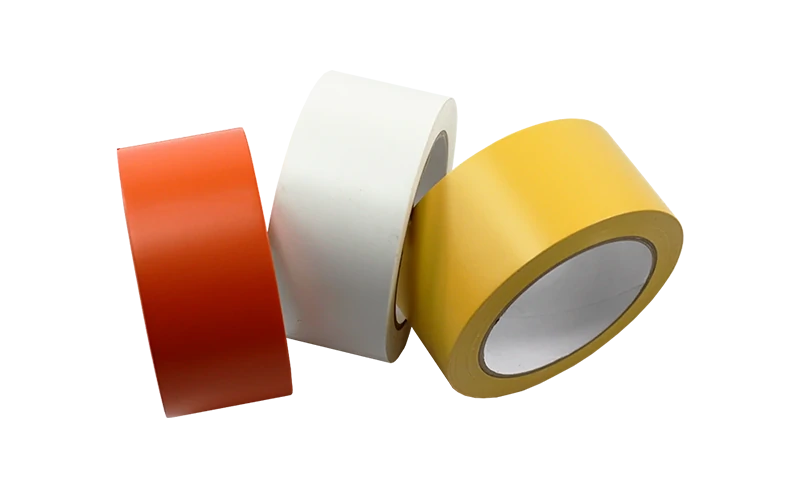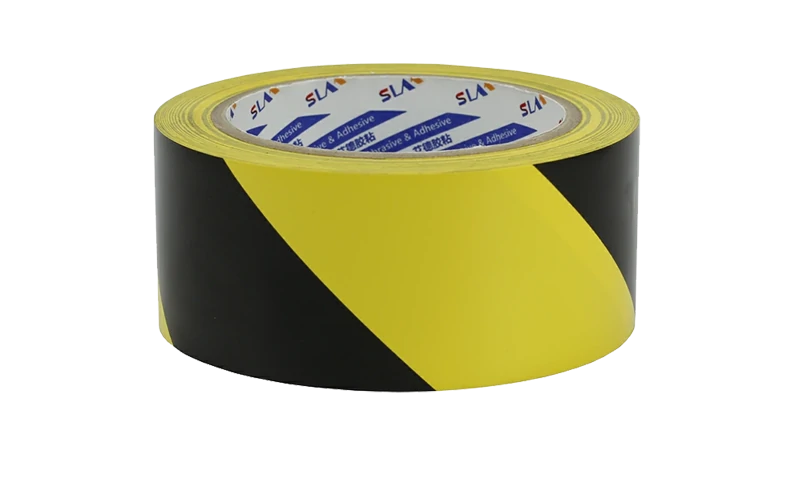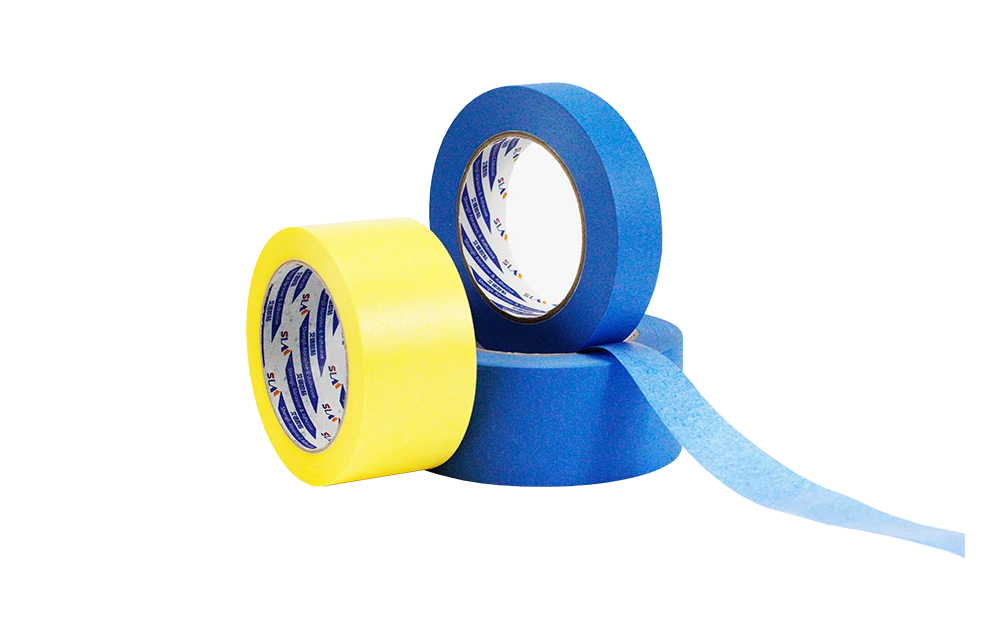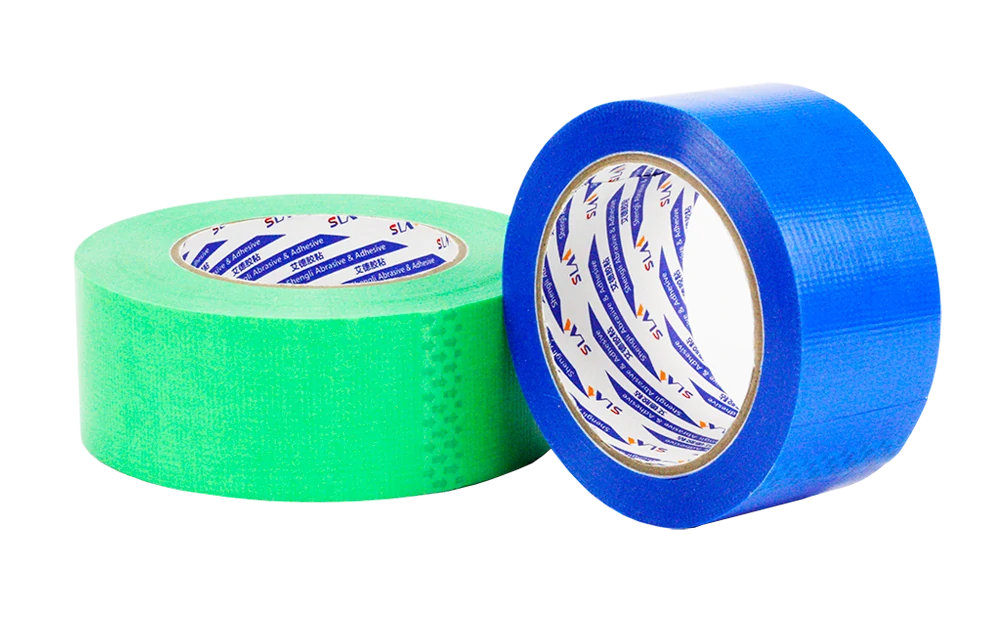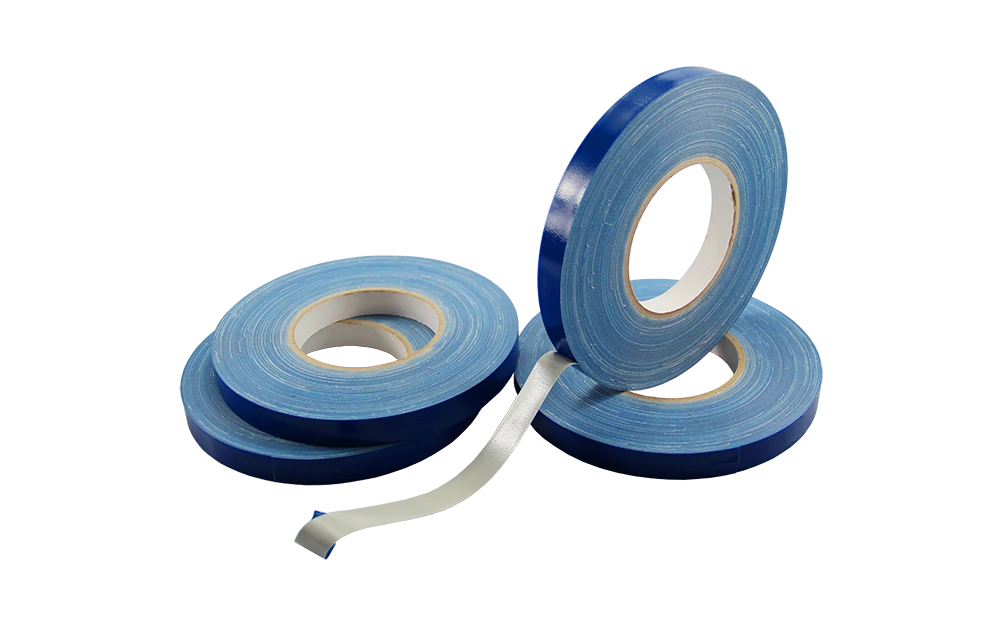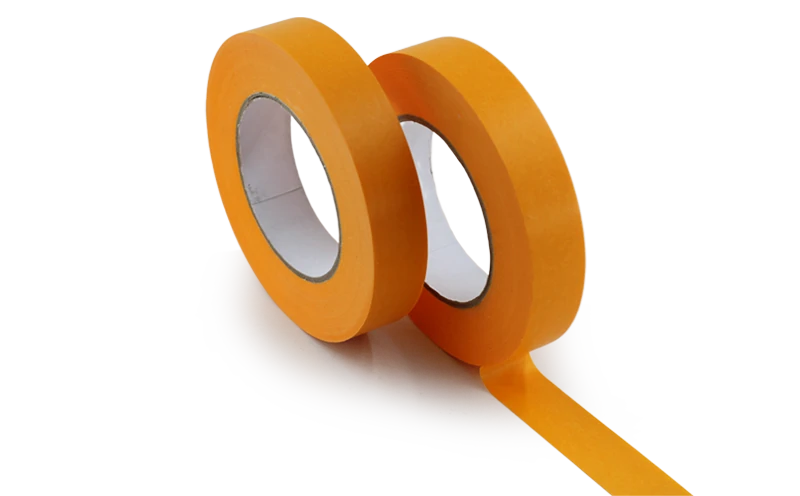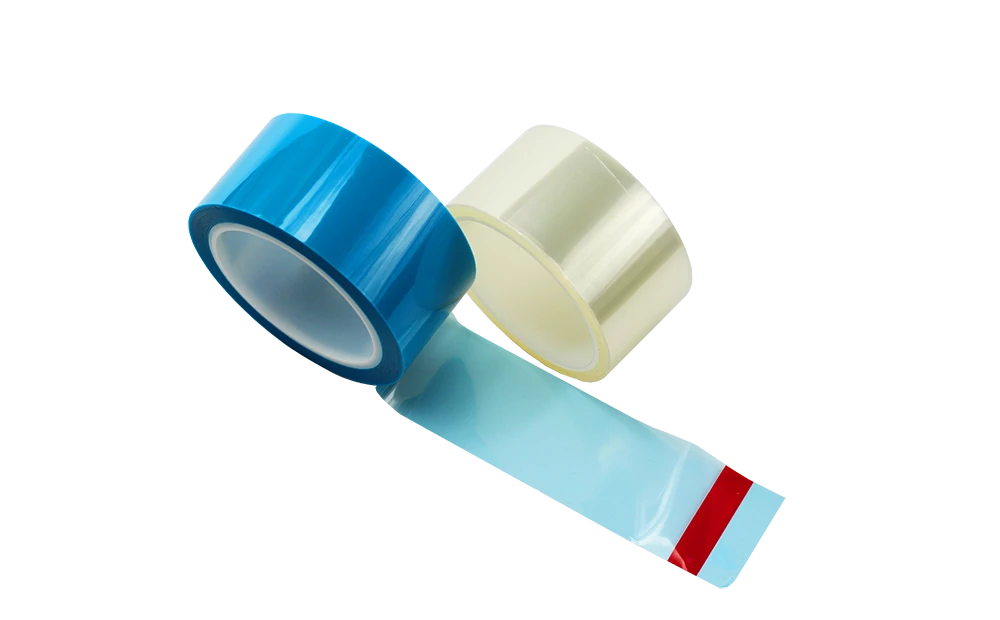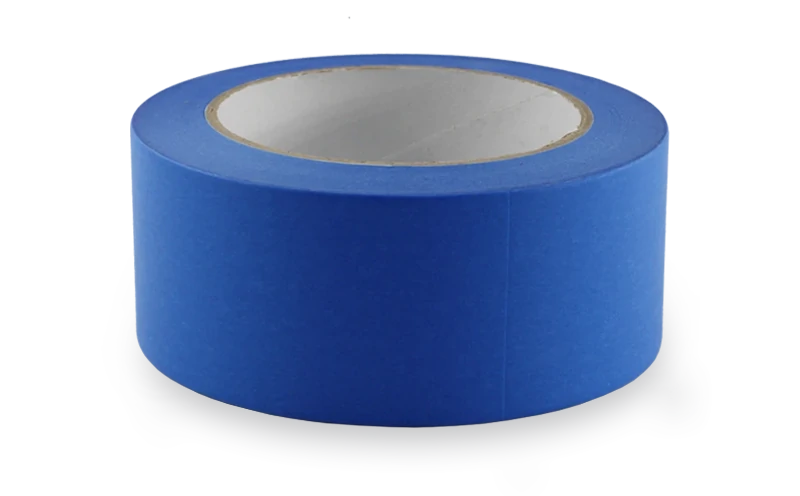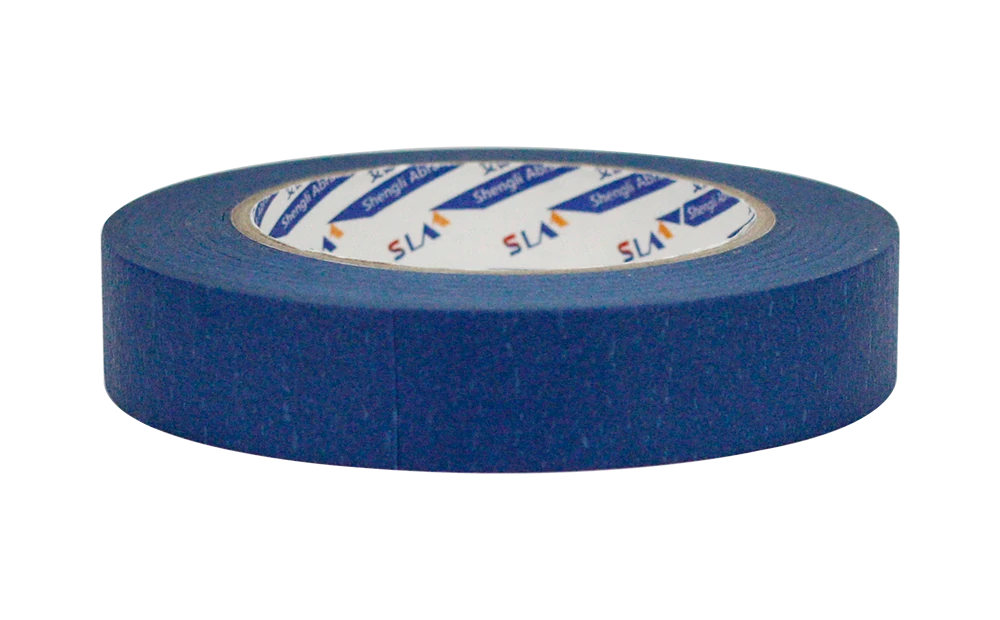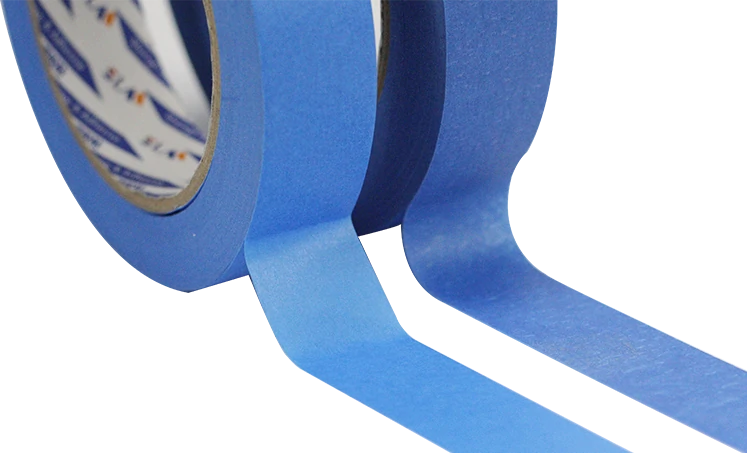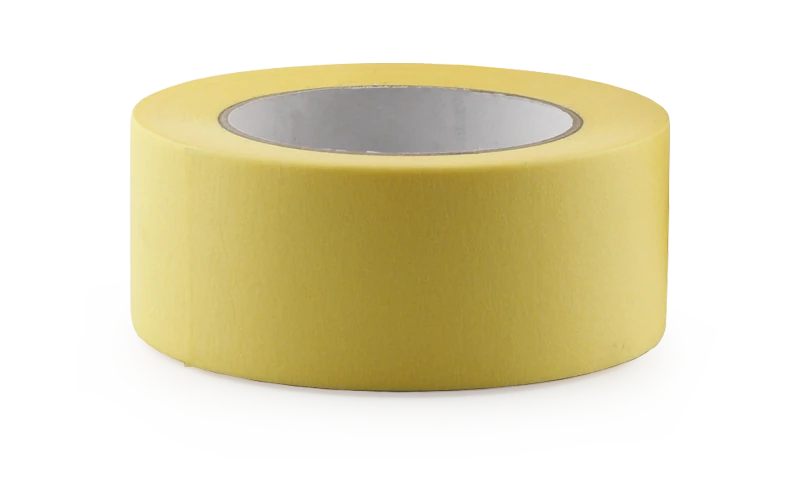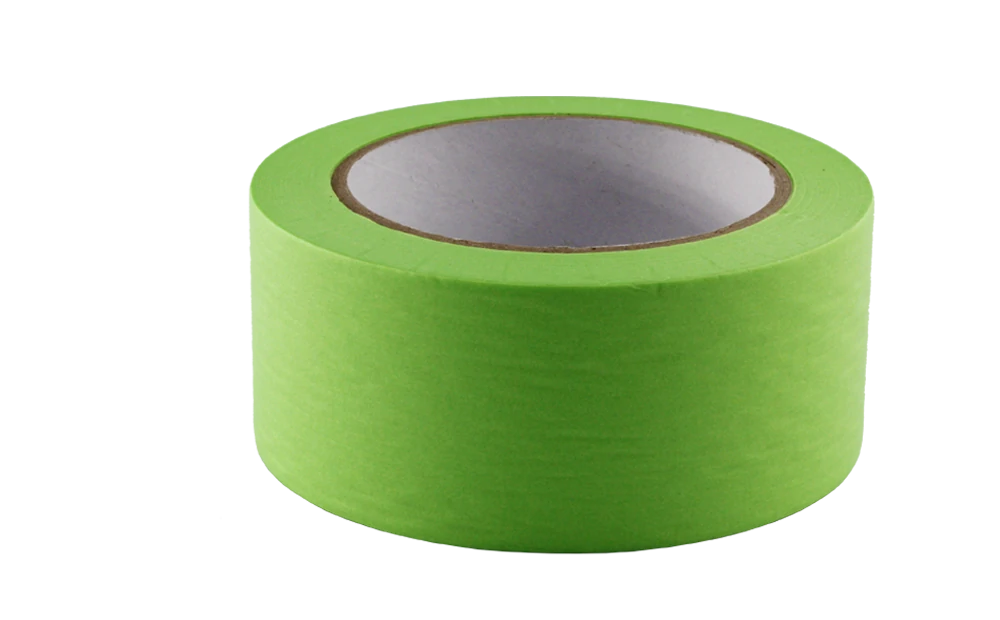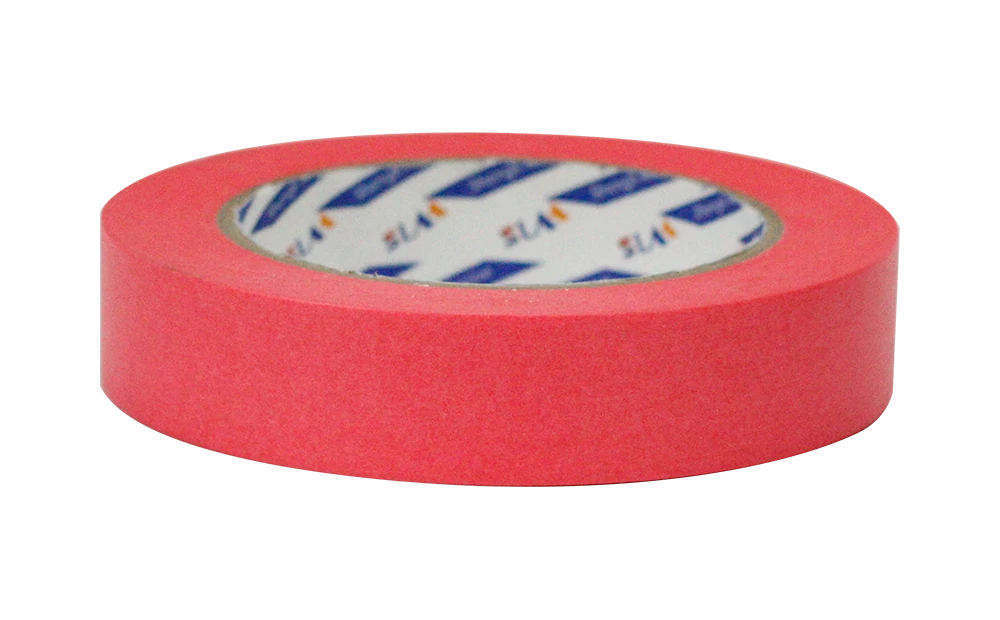Can crepe paper tape be used on all types of surfaces?
Crepe paper tape can generally be used on a wide range of surfaces, but its suitability may vary depending on the specific surface and circumstances. Here are some factors to consider:
Concrete surfaces:
Crepe paper tape is commonly used on rough surfaces, such as walls, trim, or bricks. It adheres well to most rough surfaces and can be removed without leaving residue, especially when it is applied and removed carefully.
Wood surfaces:
It is generally safe to use crepe paper tape on most wood surfaces, including finished wood, plywood, or MDF (medium-density fiberboard). However, for sensitive or delicate wood finishes, it is advisable to test a small, inconspicuous area first to ensure that the tape does not cause any damage or leave residue.
Metal surfaces:
Crepe paper tape can be used on many metal surfaces, including aluminum, steel, or iron. It adheres well to these surfaces and can usually be removed without leaving residue. However, on delicate or highly polished metal surfaces, it is recommended to test first to avoid any potential damage.
Glass surfaces:
Crepe paper tape can be used on glass surfaces, such as windows or mirrors, without causing damage or leaving residue. However, it is important to ensure that the glass is clean and free of any moisture or oils before applying the tape to ensure proper adhesion.
Canvas surfaces:
When using crepe paper tape on Canvas surfaces, like the area covered by car painting will be curved, corners, sunken, and raised. The crepe paper tape has a certain elasticity, which is suitable for masking in these areas. So most of car detailing tapes are Crepe paper tape.
It’s worth noting that the adhesion and removability of crepe paper tape can be influenced by factors like surface texture, temperature, and duration of application. If you are unsure about the compatibility of crepe paper tape with a specific surface, it’s best to consult the manufacturer or seek professional advice.
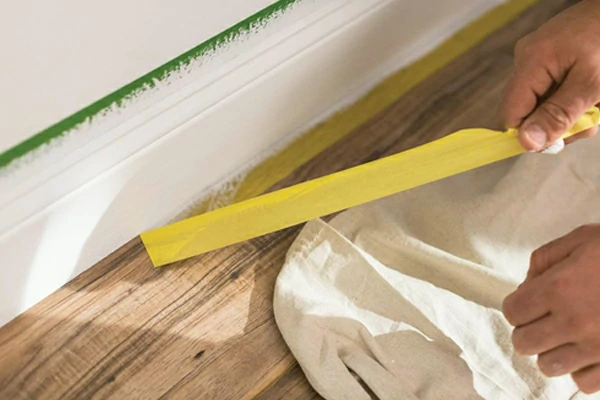
Can crepe paper tape be used on delicate surfaces like wallpaper or fabric?
Crepe paper tape is not the best choice for masking delicate surfaces. There is a Washi paper tape, specially used for delicate surfaces. It is Delicate Surface Painter’s Tape, designed for use on more delicate surfaces such as freshly painted walls, wallpaper, faux finishes. It’s compatible with both solvent based and water-based paints and offers easy and clean removal without leaving residues.
If you can’t find Delicate Surface Painter’s Tape on hand, you can only use Crepe paper tape temporarily. But caution should be exercised to prevent any potential damage. Here are a few considerations when using crepe paper tape on delicate surfaces:
Test a small, inconspicuous area:
Before applying crepe paper tape to a large or visible area, it’s advisable to test it on a small, hidden spot of the wallpaper or fabric to ensure it doesn’t cause any adverse effects. Check for any discoloration, adhesive residue, or damage after a few hours or overnight.
Apply and remove with care:
When applying the tape, press it gently onto the surface to avoid excessive pressure that could potentially damage delicate materials. Similarly, when removing the tape, do so slowly and carefully to minimize the risk of tearing or pulling on the surface. Pull the tape back on itself at a 180-degree angle, parallel to the surface, rather than pulling it straight up.
Remember, every surface is unique, and it’s essential to assess the specific characteristics and sensitivities of the wallpaper or fabric before using any adhesive tape. If you are uncertain about the compatibility of crepe paper tape with a particular surface, it’s best to consult the manufacturer or seek professional advice to prevent any potential damage.
